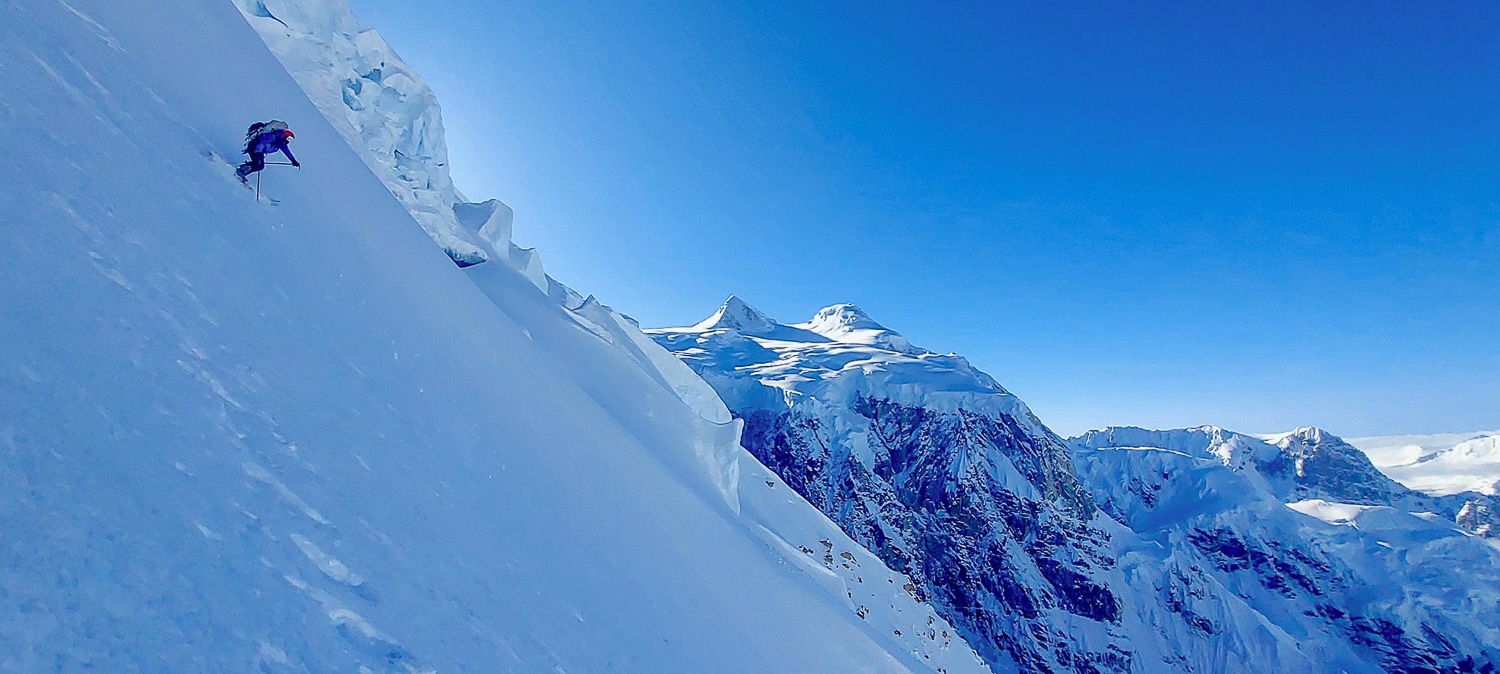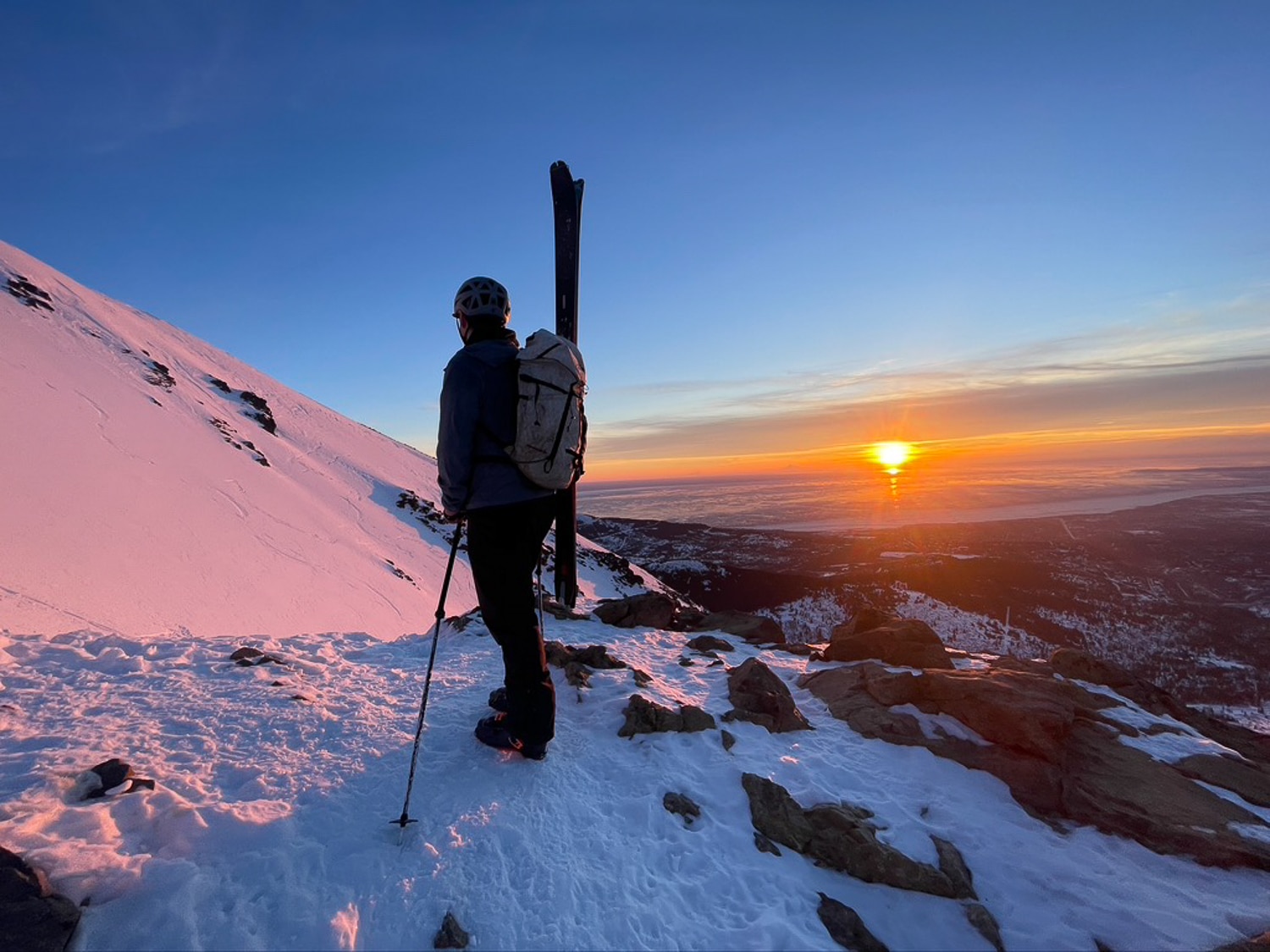This story originally appeared on Mountain Lessons and is republished here with permission. You can hear Fink discuss airbags on Episode 11 of The High Route Podcast.
I’ve been thinking a lot lately about what emergency gear is worth carrying in the backcountry. It all began while I was on a hut trip and my binding screws decided to start backing out… it was only at that point that I found out they were mounted with Torx T-20 screws, and nobody carries that screwdriver.
I hate carrying things. I rarely carry more than 10 oz of water and a single bar for day-long tours because weight sucks. If I finish a tour with extra water or food, that seems stupid. It follows that I don’t really want to carry gear that I don’t need with me on backcountry tours. Still, I was inspired to finally some gear together by two other Wasatch tourers, Noah Howell and Brody Leven.
The way that I see it, the goal should be to have just enough gear to limp my way out of most situations without risking life or limb. That narrows my scope:
- Repair: I’m not going to carry bailing wire and a bunch of other junk. I just need to be able to make common adjustments to my bindings, and jerry-rig attaching a ski to a boot/force a boot into ski mode.
- Medical: I care a tiny bit about disabling blisters. I care much more about delivering life-saving medical interventions for ski-related injuries.
- Rescue: I appreciate being able to call for rescue. In the Wasatch mountains a cell phone will usually suffice. I often also carry an InReach in the bottom of my backpack, and that’s not pictured here.
- Bivy: Should all of the above fail, I should be able to spend a night out and survive. I assume that any time I’m touring, my kit includes a puffy jacket and a shovel, so this category is small.






Leave a Reply
You must be logged in to post a comment.